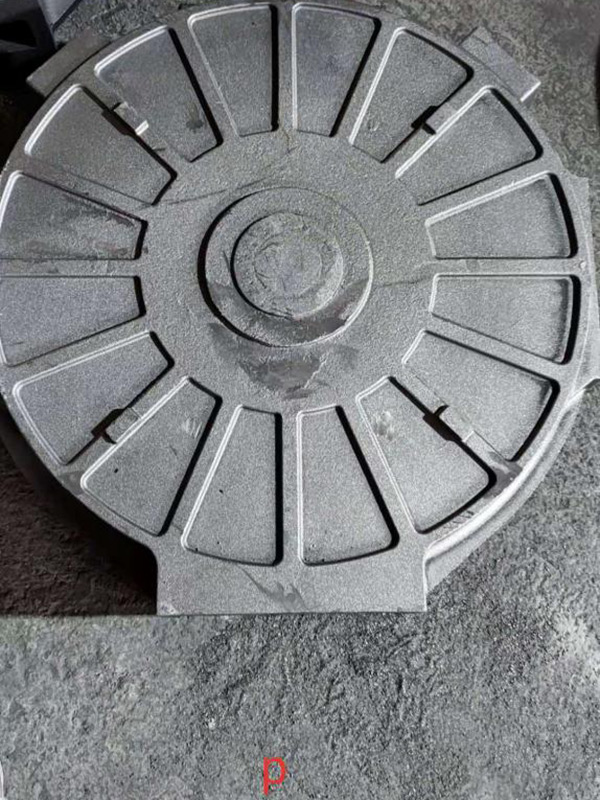Is Sand Casting Expensive?
Sand casting, one of the oldest metal casting techniques, has been used for centuries to create various components in industries ranging from automotive to aerospace. While many manufacturers opt for this method due to its versatility and effectiveness, a common question arises Is sand casting expensive? To answer this, we need to examine various factors influencing the cost of sand casting, including materials, labor, equipment, production volume, and overall quality.
Understanding Sand Casting Costs
1. Material Costs One of the primary drivers of sand casting expenses is the material needed. The sand used in this process, often a mixture of silica sand, clay, and water, is relatively inexpensive. However, the cost can vary based on the purity of the materials used and whether they are sourced locally or imported. Additionally, the type of metal being cast—whether aluminum, iron, or bronze—can significantly affect costs. For instance, aluminum generally has lower material costs than bronze, making it a more economical choice for large-scale projects.
2. Labor Costs The skill level of the workforce also plays a crucial role in determining the overall cost of sand casting. Skilled labor is necessary to create molds, especially for intricate designs. Labor costs can vary widely depending on the region and the availability of skilled workers. In countries with high labor costs, the expenses for sand casting can escalate significantly. Conversely, regions with cheaper labor markets can make sand casting more economical.
3. Equipment and Setup Costs The initial investment in equipment and setup for sand casting can be considerable. Foundries require specialized machinery, such as molding machines, melting furnaces, and sand preparation systems. The scale of production also plays a significant role here. While small-scale operations may face high setup costs relative to their output, larger foundries that produce high volumes can spread their setup costs over more units, thus reducing the cost per unit.
4. Production Volume Sand casting’s cost-effectiveness often improves with higher production volumes. For larger production runs, the costs associated with creating the molds can be amortized over numerous casts, which results in lower per-piece prices. Conversely, low-volume production may not justify the initial setup and material costs, making sand casting more expensive on a per-unit basis in these scenarios.
is sand casting expensive

5. Quality and Finish The desired quality and finish of the final product also impact costs. High-quality finishes often require additional processes, such as machining, finishing, or coating, which add to the overall expense. Companies aiming for precision and a higher surface quality may need to invest more in these additional treatments, which can steepen the cost curve.
Alternatives and Market Trends
In recent years, alternative casting methods, such as investment casting or 3D printing, have emerged as contenders to sand casting. While these methods may offer superior surface finishes and complex geometries, they typically come with their own set of costs and are not always cost-effective for larger, simpler products.
The choice of casting technique should be carefully aligned with the project requirements, including volume, material, and precision needs. Typically, for large metal components with modest tolerances, sand casting remains one of the most cost-efficient methods available.
Conclusion
So, is sand casting expensive? The answer is not straightforward. The overall cost is contingent upon several factors—material type, labor, equipment, production volume, and quality requirements. While it may not always be the most cost-effective method for low-volume projects, sand casting often proves to be economical for mass production, especially in industries where durability and strength are paramount. As with any manufacturing process, careful planning and assessment of the specific project needs are essential to determine if sand casting is the right choice from both a functional and financial perspective.
Post time:Th11 . 06, 2024 20:51
Next:sand casting
